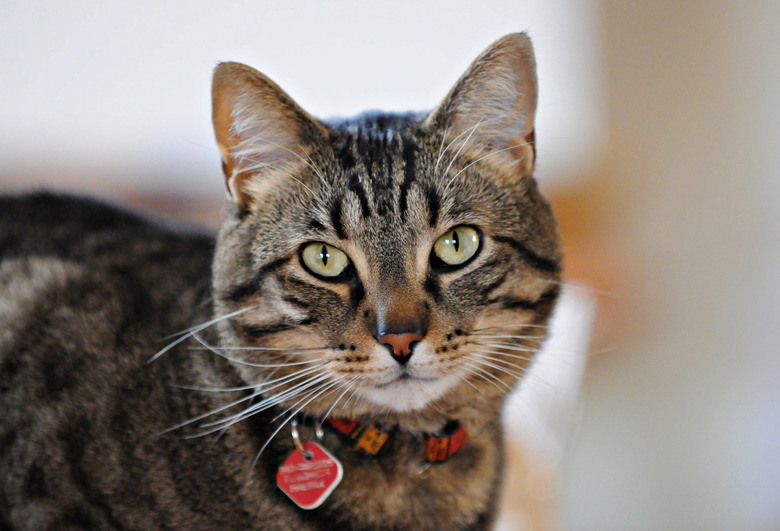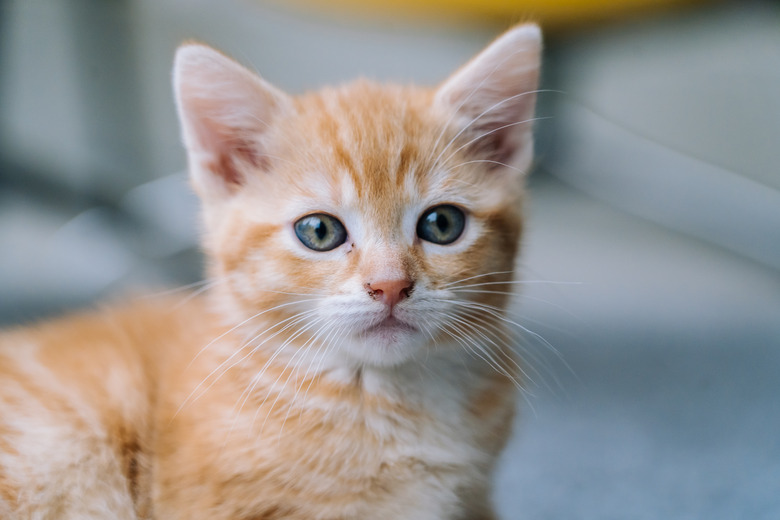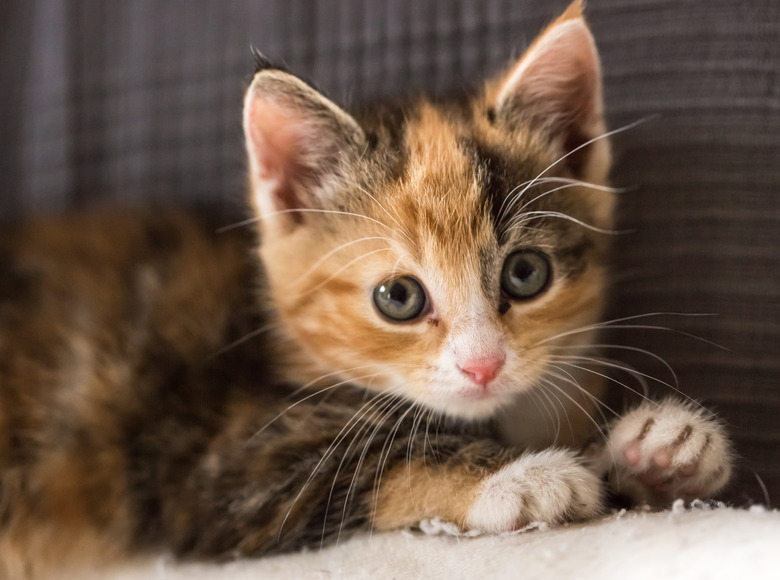At What Age Can A Kitten Wear Flea Collars?
A kitten can wear a flea collar at the age of 12 weeks but must be used safely. According to the Pet Poison Helpline, flea collars can be life-threatening when used incorrectly. Always consult your veterinarian before using flea collars or any flea products on your kitten.
Flea collar kitten risks
Flea collar kitten risks
The most common active ingredient in flea collars for kittens and cats, pyrethrins, kill fleas but are toxic to cats. Accidental ingestion and incorrect use of collars can cause central nervous system, gastrointestinal system, and cardiac system problems. If you notice any of the following signs, call your veterinarian immediately: drooling, diarrhea, vomiting, seizures, lethargy, dilated pupils, drunk-like walking, slowed heart rate, and low or high blood pressure.
Flea collar effectiveness on kittens
Flea collar effectiveness on kittens
Flea collars contain a very low dose of pyrethrins because of the level of toxicity. As a result, flea collars are not very effective at ridding your kitten of fleas. Mid Hudson Animal Hospital in New York gives this example on its website to illustrate the effectiveness: "It takes about four days for a flea collar to kill a flea. In that amount of time, the flea has laid about 400 eggs."
Flea collar safety
Flea collar safety
If your veterinarian approves the use of a flea collar, there are important safety considerations to keep in mind. Your kitten must be more than 12 weeks of age. Use a flea collar with a breakaway buckle so your kitten can free himself without choking if the collar gets caught on something. Purchase a flea collar that is formulated for cats, not dogs — pyrethrin levels are higher in dog collars and can cause severe illness or death in cats.
Removing fleas from kittens
Removing fleas from kittens
The safest and most effective way to remove fleas from a kitten under 12 weeks of age is to bathe them in warm water and manually remove the fleas. Use a mild dish soap such as Green Works Free and Clear. Keep your kitten's head dry. When your kitten's body is wet, fleas will make their way to the dry area on their head.
Use tweezers or a flea comb with fine teeth to remove as many fleas as you can. After the bath, set your four-legged friend on a clean towel and go through all of their damp fur with a flea comb and tweezers to remove the fleas. Kill the fleas by submerging them in a bowl of hot water. You'll likely have to repeat this process several times.
Long-term flea control
Long-term flea control
There's no avoiding it: you must clean your home thoroughly to eradicate any fleas or flea larvae. Otherwise, you'll have a reoccurring flea problem as flea eggs can lay dormant for up to a year. Make sure to vacuum any areas where your kitten has been including all carpets, hard floors, couches, and soft furnishings that can't be machine washed. Wash their bedding, including any cat beds, pillows, or blankets they've rested on, in hot water to get rid of fleas in your environment. This is also an important step to take to remove any flea eggs from their environment.
No matter what the age of your kitten, always consult your veterinarian before using any flea control products. There are many different flea collar kitten products available, and your veterinarian will know which will be most effective for your kitten.


